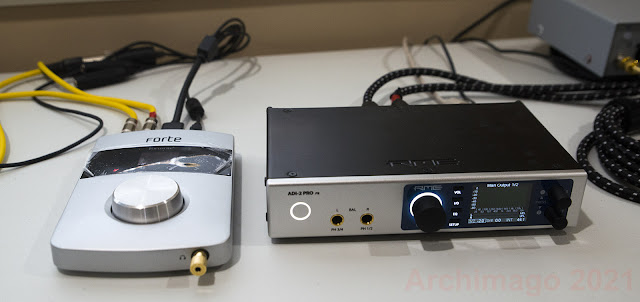Greetings everyone. Grab yourself a nice beverage, settle into a comfy chair, let us delve a bit into audiophile psychology.
I think this is an important topic; one that is implied in many of my posts over the years (in fact, we started 2021 with some related thoughts). Some of these psychological constructs I believe explain to a degree the ceaseless arguments we often see online especially when things go off track and disagreements appear irreconcilable between different "sides", "camps", "tribes"...
I. Hardware Audiophiles and Hi-Fi Fetishism
Let's discuss some ideas by building on writings from the past. To start, here's something interesting by J. Zelinger "Hi-Fi Fetishism: a psychologist's view of the lunatic fringe" from October 1981, published in Hi-Fi News & Record Review (I noticed that the link above can be marginal and might not work, here's a PDF of the text).
First of all, I must send kudos to Mr. Zelinger for a thought-provoking piece from the early '80s. It appears that many in the audiophile hobby diverged off into the direction of pure subjectivity, areas untethered from reality testing during that decade. He touches not just on the importance of psychoacoustics (as playing its role in perceptual adjudication of course), but into the touchy subject of the personalities of certain audiophiles.
Let's dive into this without fear and talk/think about this important topic and how it relates to us as "audiophiles" in the 21st Century.










































